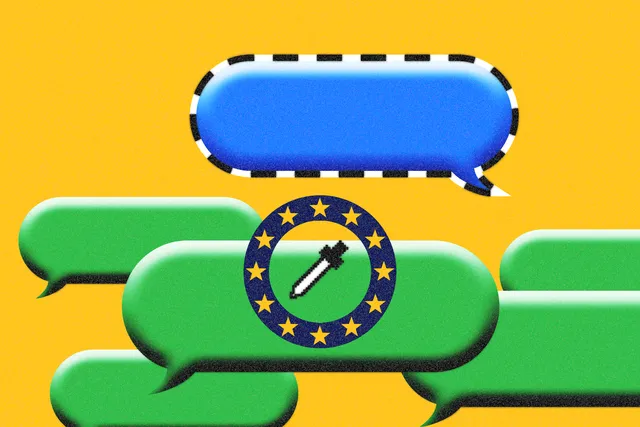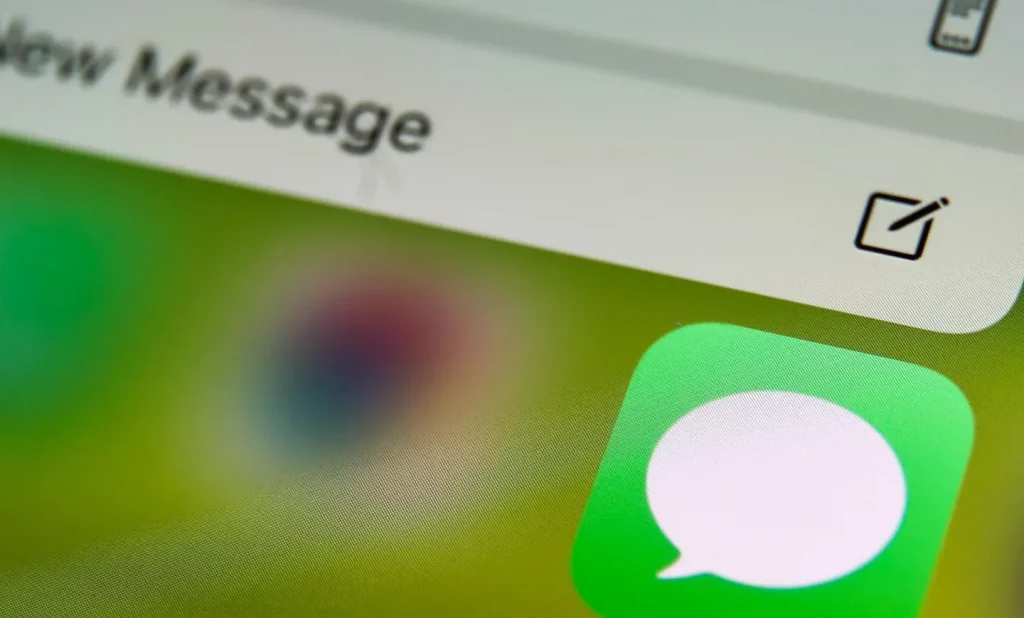Effective communication is the cornerstone of successful customer engagement. One emerging technology making significant strides in this arena is RCS (Rich Communication Services) chat. RCS chat is revolutionizing how businesses connect with their customers by offering richer features and greater interactivity. Let’s dive into what RCS chat means, its origins, and how it can elevate customer experiences and operational efficiency.
What is RCS Chat?
RCS chat, or Rich Communication Services, is an advanced messaging protocol that replaces traditional SMS. Think of it as SMS on steroids. It incorporates features commonly found in popular messaging apps, such as multimedia sharing, read receipts, and interactive buttons, making communication more engaging and efficient.
The Evolution of Messaging
Text messaging has come a long way since the early days of SMS. While SMS is reliable, it lacks the rich features users have come to expect from modern communication tools. Enter RCS chat, which bridges this gap by offering a more interactive and feature-rich messaging experience. It combines the simplicity of SMS with the capabilities of messaging apps like WhatsApp or Facebook Messenger, providing a seamless communication platform for businesses and consumers.
Why RCS Chat Matters for Businesses
- Enhanced Customer Engagement RCS chat allows businesses to create more engaging and interactive messages. Instead of plain text, companies can send images, videos, and even product carousels. This visual appeal captures customers’ attention and drives higher engagement rates than traditional SMS.
- Improved Customer Support With features like typing indicators, read receipts, and real-time replies, RCS chat enhances customer support interactions. Customers know when their messages have been read and when a response is being typed, creating a more transparent and satisfying support experience.
- Seamless Transactions RCS chat supports payment integrations, enabling customers to complete transactions within the chat itself. Whether purchasing a product, booking a service, or making a reservation, RCS chat simplifies the process, reducing friction and improving conversion rates.
- Brand Customization Businesses can customize their RCS chat interfaces with logos, brand colors, and other elements that reflect their identity. This consistency helps build brand recognition and trust as customers interact with a familiar and professional interface.

Key Features of RCS Chat
To fully understand the impact of RCS chat, it’s essential to explore its key features:
- Multimedia Messaging RCS chat supports high-resolution images, videos, and audio messages, providing a richer communication experience. Imagine sending a video tutorial instead of a long text description, making it easier for customers to understand and engage.
- Interactive Buttons With RCS, messages can include interactive buttons that allow customers to take immediate action, such as making a purchase, booking an appointment, or getting more information. These buttons streamline the user journey and enhance the overall experience.
- Group Messaging RCS chat enables group messaging with advanced features, making it ideal for businesses that need to coordinate with multiple stakeholders. Customers can engage in group conversations, share media, and collaborate efficiently within the chat.
- Location Sharing The ability to share locations in real-time is another valuable feature. Whether providing directions to a store or confirming a delivery location, RCS chat simplifies these interactions, enhancing customers’ convenience customer convenience.
- End-to-end encryption Security is paramount in digital communication. RCS chat supports end-to-end encryption, ensuring that messages remain private and secure. This level of security is crucial for businesses handling sensitive customer information.

Origins and Development of RCS Chat
The GSM Association (GSMA), the global trade body representing mobile operators, developed RCS. The goal was to create a universal standard for messaging that would work across different devices and networks. Initially introduced in 2007, RCS aimed to bring the functionality of internet-based messaging apps to the standard mobile messaging environment.
Over the years, RCS has evolved significantly. Due to fragmentation and lack of carrier support, early adoption could have been faster. However, RCS gained momentum with the backing of major players like Google and Samsung. Google’s acquisition of Jibe Mobile in 2015, a company specializing in RCS technology, was a turning point. This move helped streamline the implementation process and encouraged more carriers to adopt the standard.
Comparing RCS to Traditional SMS and OTT Apps
To appreciate the benefits of RCS, it helps to compare it with traditional SMS and Over-The-Top (OTT) messaging apps like WhatsApp and Facebook Messenger:
- Traditional SMSSMS is limited to text-only messages with a 160-character limit. It lacks features like read receipts, typing indicators, and multimedia support. On the other hand, RCS allows for rich media sharing and interactive communication, making it a more versatile option.
- OTT Messaging AppsWhile OTT apps offer rich features, they require both the sender and recipient to install the same app. RCS does not have this limitation. As a native feature of mobile phones, RCS works seamlessly across different devices and networks, provided they support the RCS protocol. This universal compatibility is a significant advantage over OTT apps.
Implementing RCS Chat: Best Practices
To maximize the benefits of RCS chat, businesses should follow these best practices:
- Define Clear ObjectivesBefore implementing RCS chat, it’s essential to define clear objectives. Whether improving customer support, increasing sales, or enhancing engagement, having a clear goal will guide the implementation process.
- Ensure compatibility. Only some devices and networks support RCS chat. Ensure your target audience can access RCS features and provide alternative communication options for those who cannot.
- Leverage PersonalizationUse customer data to personalize RCS messages. Address customers by name, reference their previous interactions, and tailor content to their preferences. Personalization enhances the customer experience and fosters loyalty.
- Test and Optimize: Continue to test and optimize your RCS chat campaigns. Monitor engagement rates, gather feedback, and make necessary adjustments to improve performance. Regular optimization ensures that your RCS strategy remains practical and relevant.
- Educate CustomersSince RCS is a relatively new technology, some customers may need to become more familiar with its features. Educate your audience on how to use RCS chat and highlight the benefits they can expect. This will encourage adoption and improve the overall experience.

Embracing RCS Chat for Future Success
The potential of RCS chat to transform customer engagement and operational efficiency is immense. Businesses can enhance customer interactions, streamline processes, and ultimately drive growth by offering richer, more interactive communication options. As more industries adopt RCS chat, its impact will only grow, making it an essential tool in the digital communication landscape.
Imagine a customer looking for a quick resolution to their query. Instead of navigating through a maze of options or waiting for an email response, they can engage in a dynamic RCS chat that provides instant, clear, and actionable information. This level of convenience and efficiency satisfies customers and sets businesses apart from their competitors.
Incorporating RCS chat into your communication strategy is a forward-thinking move that aligns with evolving customer expectations. As you explore the possibilities of RCS, focus on delivering value and creating memorable interactions. By doing so, you’ll enhance customer experiences and drive operational excellence and long-term success.




